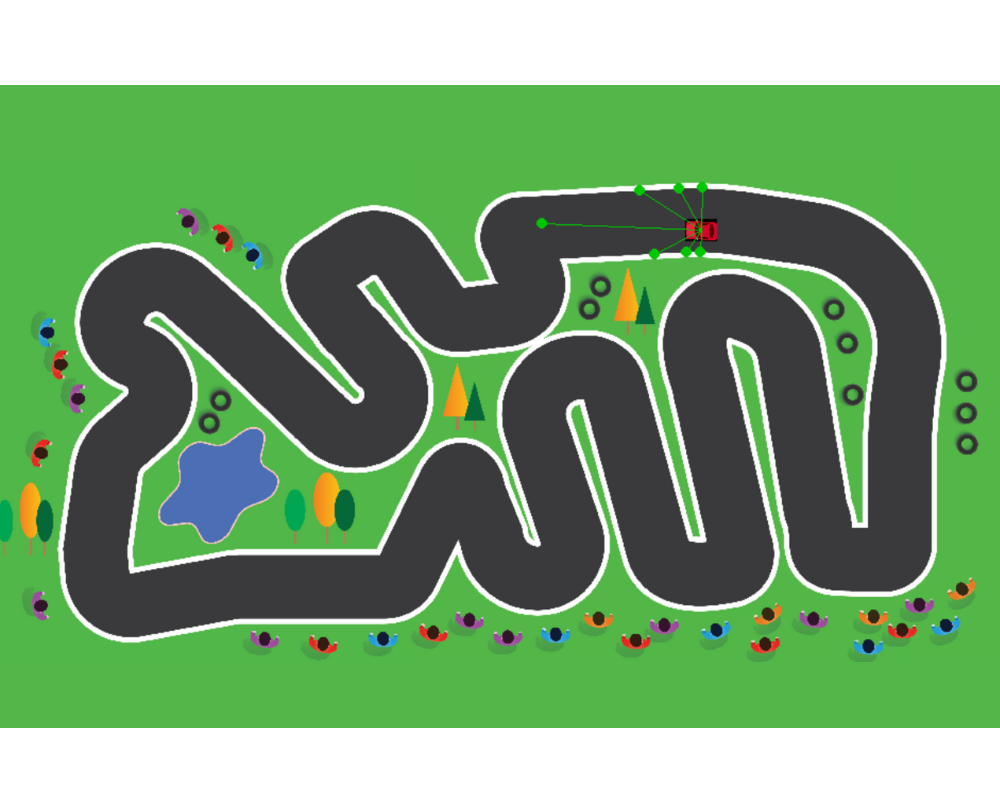Prime Patel
I'm a Future ML Engineer, Passionate Programmer, Part-time Explorer, Occasional MagicianAbout Me
I'm Manish Patel, a fervent machine learning and data science Geek. I enjoy questing for insights, crafting solutions, and transforming data into meaningful knowledge.
ML/DS
70Python
80Maths/Stats
7510
Projects
2
Articles
2
Projects WIP
3
Contribution
Skills

Machine Learning
Have practical experience of building ML Models.

Data Science
Have sufficient statistical understanding.

Python
Excellent python dev and debugging skills.
Click here to contact me! 👋
Experience
Machine Learning
Developed Virtual Autonomous Car using NEAT Algorithm
Data Science
Data Analysis, Data Visualization using Python Model Building
Python Programming
Created Games, Utilities, Scripting and Automation
Recent works
- Everything
- Python
- ML-DS
- Academic
- Mathematics
- Unclassified
Autonomous Car


Autonomous Car Using DL
Utilized Reinforcement Learning to achieve the goal. Used Pygame as the simulation engine and implemented NEAT algorithm. It required 3 hours of training for desired results.
Aksharify


Aksharify
After six months of dedicated effort, I had published Aksharify, a python package that lets you transform images into mesmerizing ASCII art, an ancient form of digital art.
Discover your creative side and unleash the beauty of ASCII art with Aksharify! Checkout documentation !!
Automated Geometric Theorem Proving


Automated Geometric Theorem Proving heavily relies on Wu's method, a complex approach from abstract algebra.
Wu's method provides the potential to prove geometric theorems that had not been proven before. It's impressive that this method has verified more than 500 theorems within a year, which would have required a lot of intelligence and time.
Google's PageRank Algorithm


The Web is a unique document collection which is vast, dynamic, self-organized, and hyperlinked. Within this context, information retrieval is a challenge for any document collection, especially for the Web which requires precision. It involves the process of searching within a document collection for specific information.
Explore my project centered around the 'Google PageRank Algorithm' a profound exploration of how web search engines determine webpage rankings. Unveil the magic behind this algorithm, which draws upon concepts from linear algebra, including the impactful Perron-Frobenius Theorem.
One Two


One Two
Game Rules:
- Begin with a score of 0.
- Players take turns alternately, adding 1 or 2 to the score on their turn.
- The score increases accordingly with the chosen number.
- Objective: Avoid being the player who causes the score to become 10 or higher.
- The player whose turn it is when the score reaches 10 or more loses.
Here, the available options to choose from are the numbers 1 and 2, forming the choice set. Additionally, the value 10 serves as the ceiling value, indicating the point players aim to avoid surpassing. The choice set could vary, including values like {1, 2, 3, 4}, and the Ceiling value can be raised to 20 or beyond.
Snake Game


Pysnake
It's an engaging Python project that reimagines the classic Snake Game using the Turtle module. It lets you guide the snake through a virtual maze, eating objects while avoiding collisions with the walls.
Portfolio Website


Portfolio Website
Explore my portfolio website, a showcase of my creative journey, projects, and skills. Experience my work firsthand and discover the fusion of technology and creativity.
Reviews
Santosh Prajapati
SEO at P4 SolutionLorem ipsum dolor sit amet consectetur adipiscing elit. Etiam hendrerit nibh in massa semper rutrum. In rhoncus eleifend mi id tempus. Good luck! 👍
Sarvesh Patel
Security Analyst at MindTreeLorem ipsum dolor sit amet consectetur adipiscing elit. Etiam hendrerit nibh in massa semper rutrum. In rhoncus eleifend mi id tempus. Good luck! 👍
Get In Touch
Let's talk about everything!
Send me an email. 👋


